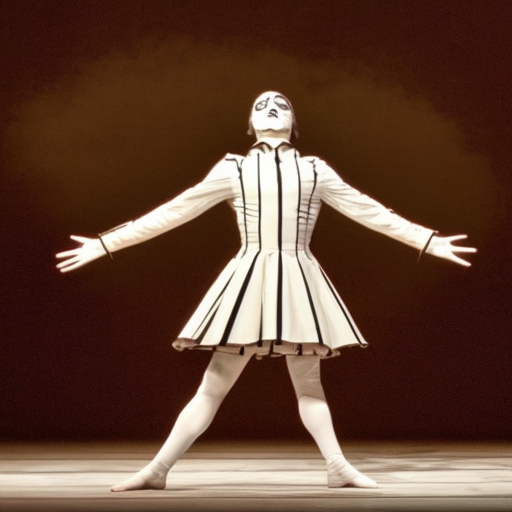Pantomime: A Theatrical Tradition
Pantomime, often referred to as “panto,” is a form of theatrical performance that combines comedy, music, dance, and audience participation. Originating in the United Kingdom in the 18th century, pantomime has become a beloved tradition during the holiday season. It is characterized by its exaggerated characters, slapstick humor, and the inclusion of well-known fairy tales or folk tales.
History and Origins
Pantomime has its roots in ancient Greece and Rome, where performers used gestures, facial expressions, and body movements to convey stories without the use of words. However, the modern form of pantomime as we know it today emerged in the 18th century in England. It was heavily influenced by the Italian commedia dell’arte, a form of improvised theater characterized by stock characters and physical comedy.
Key Elements and Structure
Pantomime typically follows a specific structure. It begins with an overture, followed by an introduction of the characters and the setting. The story then unfolds through a series of scenes, often incorporating song and dance numbers. The plot usually revolves around a hero or heroine, a villain, and a comedic sidekick. The audience is encouraged to participate by cheering for the hero, booing the villain, and shouting out phrases such as “He’s behind you!” or “Oh no, he isn’t!”
Stock Characters
Pantomime is known for its use of stock characters, each with their own distinct traits and costumes. The principal boy is traditionally played by a young woman, while the pantomime dame is a male actor dressed in flamboyant female attire. The villain is often portrayed as an exaggerated and comical character, while the sidekick provides comic relief through their witty remarks and physical comedy.
Popular Fairy Tales and Folk Tales
Pantomime productions often incorporate well-known fairy tales or folk tales, such as “Cinderella,” “Aladdin,” “Snow White,” or “Jack and the Beanstalk.” These stories are adapted to include comedic elements, modern references, and audience interaction. The familiar narratives provide a framework for the performers to showcase their comedic skills and engage the audience.
Music and Dance
Music and dance play a significant role in pantomime. The production features a mix of popular songs, often with rewritten lyrics to fit the storyline. The music ranges from contemporary hits to classic tunes, ensuring that audiences of all ages can enjoy the performance. Dance numbers, including ballet and tap, are choreographed to enhance the storytelling and add visual spectacle to the production.
Modern Adaptations
While pantomime remains a popular tradition in the United Kingdom, it has also gained international recognition and has been adapted in various countries. Some adaptations incorporate local folklore and cultural references, making the performances unique to each region. Additionally, modern pantomimes often feature celebrity cast members, adding to their appeal and attracting a wider audience.
In conclusion, pantomime is a theatrical tradition that combines comedy, music, dance, and audience participation. Originating in the 18th century in the United Kingdom, it has become a beloved holiday tradition. Pantomime productions feature exaggerated characters, slapstick humor, and adaptations of well-known fairy tales or folk tales. The inclusion of music and dance adds to the spectacle, while the audience is encouraged to participate and engage with the performers. Despite its historical origins, pantomime continues to evolve and adapt to modern audiences, ensuring its enduring popularity.












